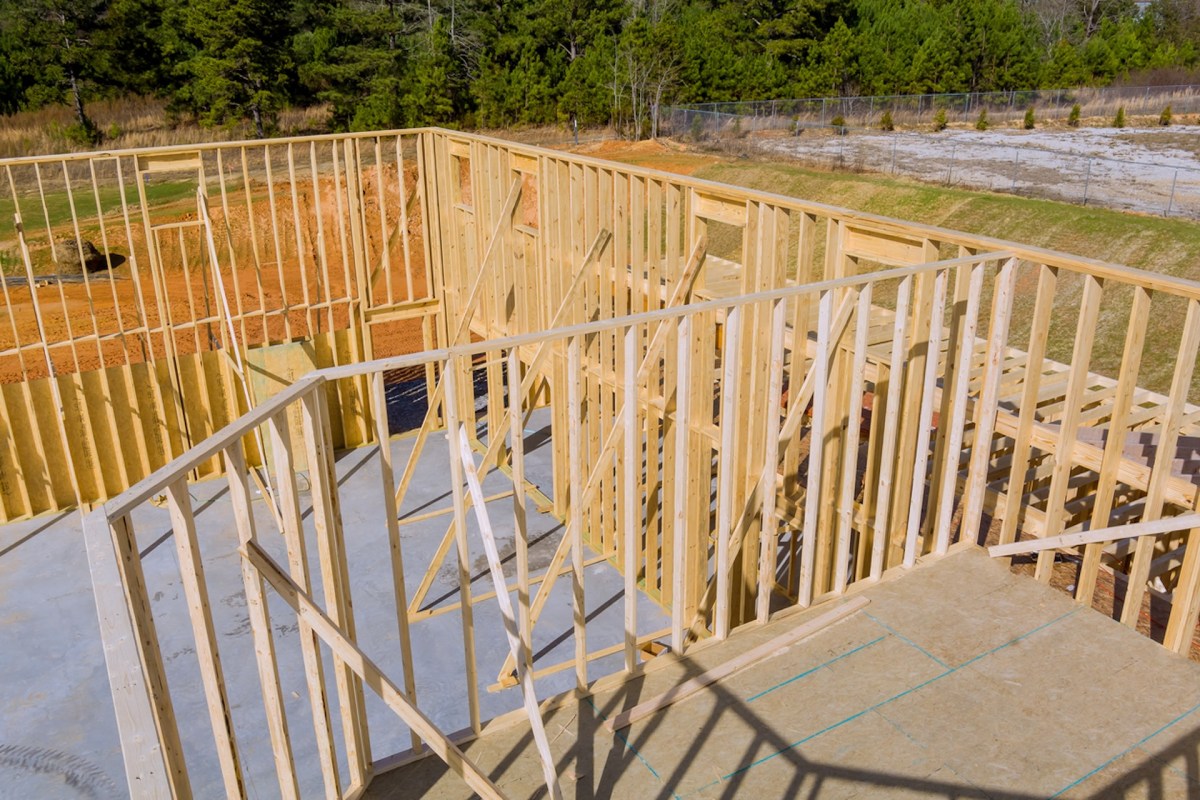There are often community-wide groans when utility bills arrive after an inevitable rate hike.
The good news is that passive building principles can help homes to maximize the energy used inside of them, reducing the impact of utility increases outside of our control.
"It's a marriage of efficiency and rigorously applied physics," per the Massachusetts Institute of Technology Review, paraphrasing passive house expert Bronwyn Barry.
Passive building started in Canada around the time of the oil crisis in the 1970s. Harold Orr was among the designers who realized how much energy was being lost through modern construction methods, with ventilation and competent insulation important for effective energy saving.
For example, MIT's report noted that "heat loss and gain through standard windows accounts for 25% to 30% of residential energy use."
Homes built with passive building principles don't have a uniform look. Orr's first build, the 1978 Saskatchewan Conservation House, is a trapezoid covered in cedar that resembles modern art. Meanwhile, a couple in Montana built their own hobbit-like home out of cob with extra thick walls to conserve energy.
But you don't have to be Picasso or Frodo to appreciate the value better building concepts can bring to your bank account and the planet.
Phius, a Chicago-based firm that certifies passive buildings, said proper construction can realize energy savings of up to 60% compared to common builds.
Michael Klement, an architecture principal for Phius, said the standards are rigorous, with a clear goal.
"One where our homes are not a part of the problem, but rather a part of the solution," he said on the firm's website.
The home in Saskatchewan set a high standard, cutting energy use by 85%, per MIT. It was a catalyst for the concept, which also utilizes the building's orientation to sunlight to maximize natural elements in the build.
The report noted that less than 1% of multifamily builds in the United States within the last 10 years are passive, even though costs to build them are nearly even with traditional practice.
Phius reports that passive builds typically cost up to 5% more than traditional methods, with that percentage dropping with bigger projects.
Government policy, both on the federal and state levels, is incentivizing the concept as well, helping to bring down the expense. Boston housing officials, for example, are in the process of updating one of the country's oldest public housing facilities with passive upgrades.
Moving forward, some experts consider passive building a crucial part of managing the impacts of our overheating planet. Fortunately, you can upgrade your existing home — sometimes inexpensively — to be more efficient, as well.
"It's never been more clear that America has two kinds of housing — in buildings that are prepared for climate change, and in buildings that are not," Ken Levenson, executive director of the Passive House Network, said in a press release from communications consultant Sunstone Strategies.
Join our free newsletter for weekly updates on the coolest innovations improving our lives and saving our planet.









